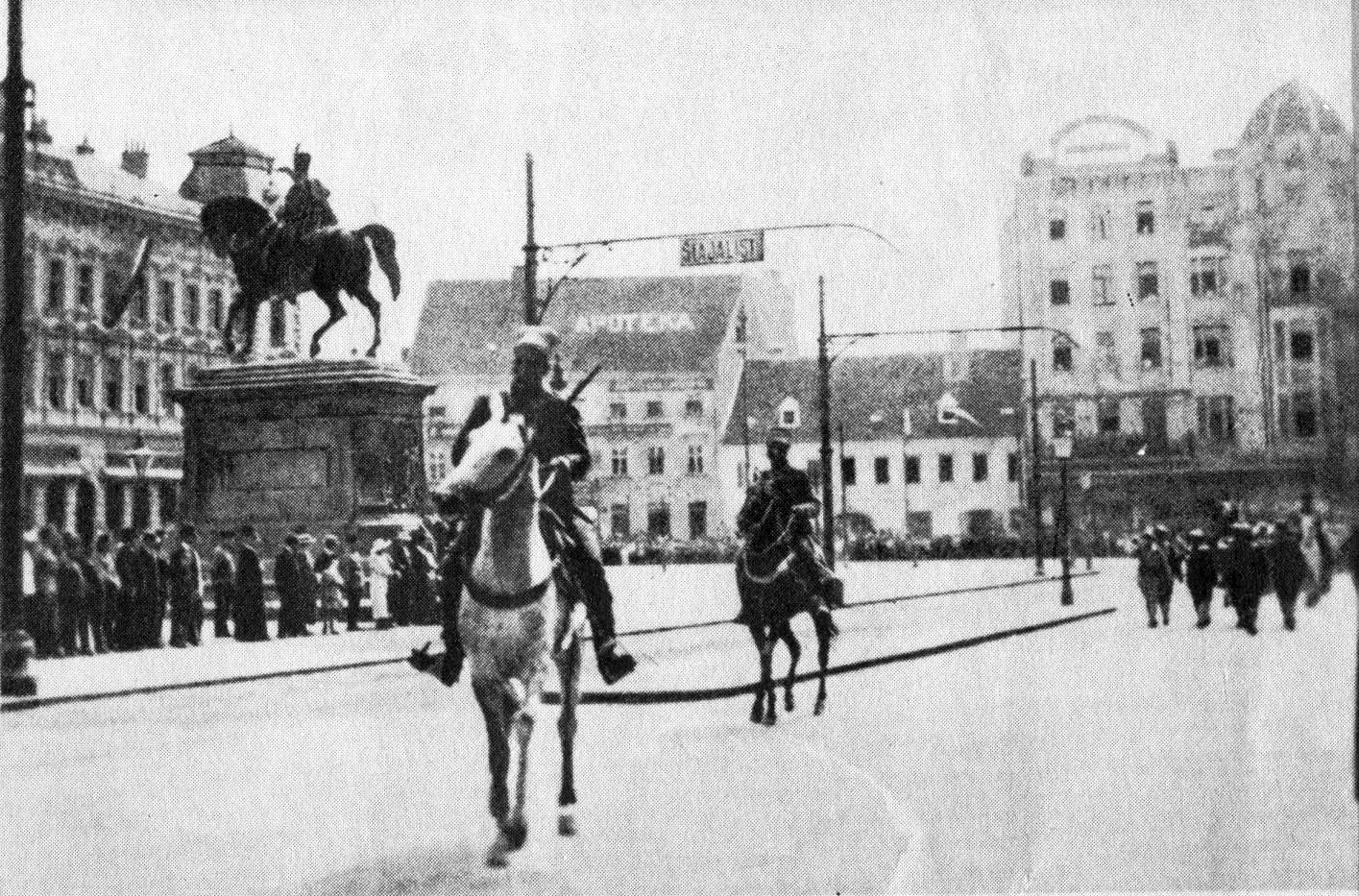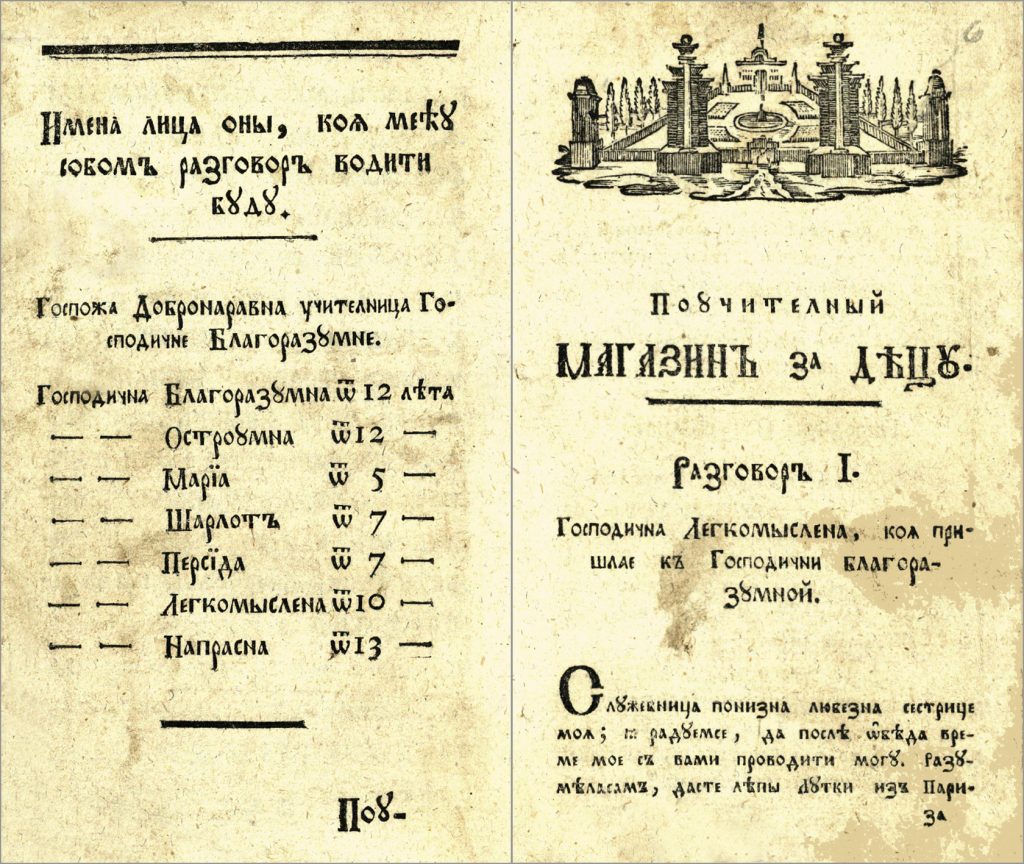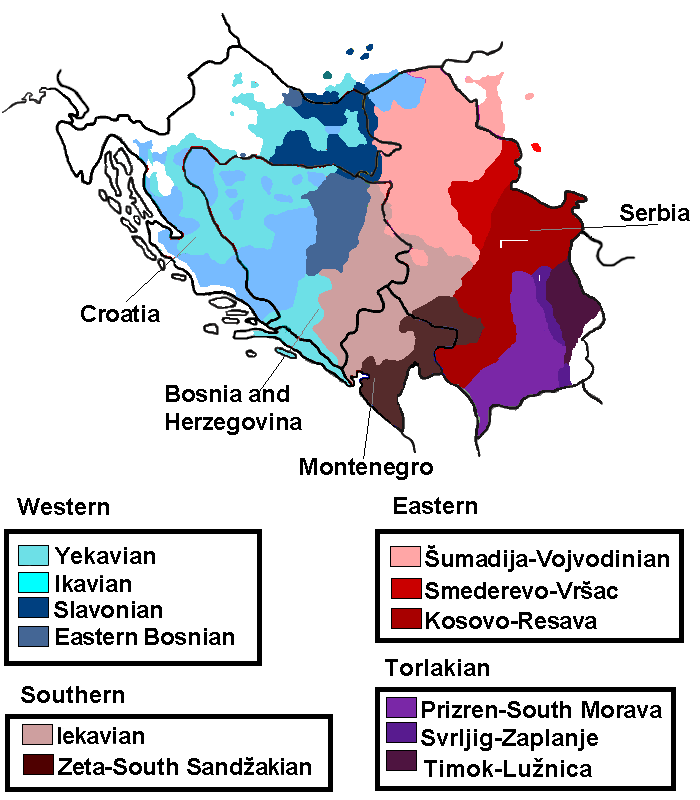|
Croatia–Serbia Relations
Croatia and Serbia maintain diplomatic relations established between Croatia and the Federal Republic of Yugoslavia (of which Serbia is considered sole legal successor) in 1996. Croatia and Serbia, bound together by shared history and cultural ties, have a complicated relationship marked by a variety of bilateral issues. The relations, established following the dissolution of Yugoslavia and the Croatian War of Independence are functional but cool, stemming from historic nation-building conflict and divergent political ideologies. Croatian and Serbian, official in Croatia and Serbia respectively, are mutually intelligible standard varieties of the Serbo-Croatian language. History XIX century With the nation-building process in the mid-19th century, the first Croatian–Serbian tensions appeared. Serbia's Prime Minister Ilija Garašanin's ''Načertanije'' (1844) claimed some lands that were inhabited by Bulgarians, Macedonians, Albanians, Montenegrins, Bosnians, Hungarians and ... [...More Info...] [...Related Items...] OR: [Wikipedia] [Google] [Baidu] |
Croatia
Croatia, officially the Republic of Croatia, is a country in Central Europe, Central and Southeast Europe, on the coast of the Adriatic Sea. It borders Slovenia to the northwest, Hungary to the northeast, Serbia to the east, Bosnia and Herzegovina and Montenegro to the southeast, and shares a maritime border with Italy to the west. Its capital and largest city, Zagreb, forms one of the country's Administrative divisions of Croatia, primary subdivisions, with Counties of Croatia, twenty counties. Other major urban centers include Split, Croatia, Split, Rijeka and Osijek. The country spans , and has a population of nearly 3.9 million. The Croats arrived in modern-day Croatia, then part of Illyria, Roman Illyria, in the late 6th century. By the 7th century, they had organized the territory into Duchy of Croatia, two duchies. Croatia was first internationally recognized as independent on 7 June 879 during the reign of Duke Branimir of Croatia, Branimir. Tomislav of Croatia, Tomis ... [...More Info...] [...Related Items...] OR: [Wikipedia] [Google] [Baidu] |
Albanians
The Albanians are an ethnic group native to the Balkan Peninsula who share a common Albanian ancestry, Albanian culture, culture, Albanian history, history and Albanian language, language. They are the main ethnic group of Albania and Kosovo, and they also live in the neighboring countries of Albanians in North Macedonia, North Macedonia, Albanians in Montenegro, Montenegro, Albanians in Greece, Greece, and Albanians in Serbia, Serbia, as well as in Albanians in Italy, Italy, Albanians in Croatia, Croatia, Albanians in Bulgaria, Bulgaria, and Albanians in Turkey, Turkey. Albanians also constitute a large diaspora with several communities established across Europe and the other continents. Albanian language, The language of the Albanians is an Indo-European languages, Indo-European language and the only surviving representative of the Albanoid, Albanoid branch, which belongs to the Paleo-Balkan languages, Paleo-Balkan group. Albanians ... [...More Info...] [...Related Items...] OR: [Wikipedia] [Google] [Baidu] |
Istria
Istria ( ; Croatian language, Croatian and Slovene language, Slovene: ; Italian language, Italian and Venetian language, Venetian: ; ; Istro-Romanian language, Istro-Romanian: ; ; ) is the largest peninsula within the Adriatic Sea. Located at the top of the Adriatic between the Gulf of Trieste and the Kvarner Gulf, the peninsula is shared by three countries: Croatia, Slovenia, and Italy,Marcel Cornis-Pope, John Neubauer''History of the literary cultures of East-Central Europe: junctures and disjunctures in the 19th And 20th Centuries'' John Benjamins Publishing Co. (2006), Alan John Day, Roger East, Richard Thomas''A political and economic dictionary of Eastern Europe'' Routledge, 1sr ed. (2002), 90% of its area being part of Croatia. Most of Croatian Istria is part of Istria County. Geography The geographical features of Istria include the Učka/Monte Maggiore mountain range, which is the highest portion of the Ćićarija/Cicceria mountain range; the rivers Dragonja/Dragogna, ... [...More Info...] [...Related Items...] OR: [Wikipedia] [Google] [Baidu] |
Kingdom Of Dalmatia
The Kingdom of Dalmatia (; ; ) was a crown land of the Austrian Empire (1815–1867) and the Cisleithanian half of Austria-Hungary (1867–1918). It encompassed the entirety of the region of Dalmatia, with its capital at Zadar. History The Habsburg monarchy had annexed the lands of Dalmatia after the Napoleonic War of the First Coalition: when Napoleon, Napoleon Bonaparte launched his Campaigns of 1796 in the French Revolutionary Wars, Italian Campaign into the Habsburg duchies of Duchy of Milan, Milan and Duchy of Mantua, Mantua in 1796, culminating in the Siege of Mantua (1796–97), Siege of Mantua, he compelled Emperor Francis II, Holy Roman Emperor, Francis II to make peace. In 1797 the Treaty of Campo Formio was signed, whereby the Habsburg emperor renounced possession of the Austrian Netherlands and officially recognized the independence of the Italian Cisalpine Republic. In turn, Napoleon ceded to him the possessions of the Republic of Venice, including the Dalmatian coas ... [...More Info...] [...Related Items...] OR: [Wikipedia] [Google] [Baidu] |
Habsburg Monarchy
The Habsburg monarchy, also known as Habsburg Empire, or Habsburg Realm (), was the collection of empires, kingdoms, duchies, counties and other polities (composite monarchy) that were ruled by the House of Habsburg. From the 18th century it is also referred to as the Austrian monarchy, the Austrian Empire () or the Danubian monarchy. The history of the Habsburg monarchy can be traced back to the election of Rudolf I of Germany, Rudolf I as King of the Romans, King of Germany in 1273 and his acquisition of the Duchy of Austria for the Habsburgs in 1282. In 1482, Maximilian I, Holy Roman Emperor, Maximilian I acquired the Habsburg Netherlands, Netherlands through marriage. Both realms passed to his grandson and successor, Charles V, Holy Roman Emperor, Charles V, who also inherited the Monarchy of Spain, Spanish throne and Spanish Empire, its colonial possessions, and thus came to rule the Habsburg empire at its greatest territorial extent. The abdication of Charles V in 1556 led ... [...More Info...] [...Related Items...] OR: [Wikipedia] [Google] [Baidu] |
Kingdom Of Croatia (Habsburg)
The Kingdom of Croatia (; ; , ) was part of the Lands of the Hungarian Crown, but was subject to direct Imperial Austrian rule for significant periods of time, including its final years. Its capital was Zagreb. It was also a part of the lands of the Habsburg monarchy from 1527, following the Election in Cetin, and the Austrian Empire from 1804 to 1867. The Kingdom of Croatia had large territorial losses in wars with the Ottoman Empire in the 16th century. Until the 18th century, the kingdom included only a small north-western part of present-day Croatia around Zagreb, and a small strip of coastland around Rijeka, that were not part of the Ottoman Empire or part of the Croatian Military Frontier. Between 1744 and 1868, the Kingdom of Croatia included a subordinate autonomous kingdom, the Kingdom of Slavonia. The territory of the Slavonian kingdom was recovered from the Ottoman Empire, and was subsequently part of the Military Frontier for a short period. In 1744, these territorie ... [...More Info...] [...Related Items...] OR: [Wikipedia] [Google] [Baidu] |
Shtokavian
Shtokavian or Štokavian (; sh-Latn, štokavski / sh-Cyrl, italics=no, штокавски, ) is the prestige supradialect of the pluricentric Serbo-Croatian language and the basis of its Serbian, Croatian, Bosnian and Montenegrin standards. It is a part of the South Slavic dialect continuum. Its name comes from the form for the interrogative pronoun for "what" . This is in contrast to Kajkavian and Chakavian ( and also meaning "what"). Shtokavian is spoken in Serbia, Montenegro, Bosnia and Herzegovina, much of Croatia, and the southern part of Austria's Burgenland. The primary subdivisions of Shtokavian are based on three principles: one is different accents whether the subdialect is Old-Shtokavian or Neo-Shtokavian, second is the way the old Slavic phoneme ''yat'' has changed (Ikavian, Ijekavian or Ekavian), and third is presence of Young Proto-Slavic isogloss (Schakavian or Shtakavian). Modern dialectology generally recognises seven Shtokavian subdialects. Early h ... [...More Info...] [...Related Items...] OR: [Wikipedia] [Google] [Baidu] |
Vuk Karadžić
Vuk Stefanović Karadžić ( sr-Cyrl, Вук Стефановић Караџић, ; 6 November 1787 (26 October OS)7 February 1864) was a Serbian philologist, anthropologist and linguist. He was one of the most important reformers of the modern Serbian language. For his collection and preservation of Serbian folktales, ''Encyclopædia Britannica'' labelled Karadžić "the father of Serbian folk-literature scholarship." He was also the author of the first Serbian dictionary in the new reformed language. In addition, he translated the New Testament into the reformed form of the Serbian spelling and language. He was well known abroad and familiar to Jacob Grimm, Johann Wolfgang von Goethe and historian Leopold von Ranke. Karadžić was the primary source for Ranke's ''Die serbische Revolution'' (" The Serbian Revolution"), written in 1829. Biography Early life Karadžić was born to Serbian parents Stefan and Jegda (née ''Zrnić'') in the village of Tršić, near Loznica, ... [...More Info...] [...Related Items...] OR: [Wikipedia] [Google] [Baidu] |
Catholic Church
The Catholic Church (), also known as the Roman Catholic Church, is the List of Christian denominations by number of members, largest Christian church, with 1.27 to 1.41 billion baptized Catholics Catholic Church by country, worldwide as of 2025. It is among the world's oldest and largest international institutions and has played a prominent role in the history and development of Western civilization.Gerald O'Collins, O'Collins, p. v (preface). The church consists of 24 Catholic particular churches and liturgical rites#Churches, ''sui iuris'' (autonomous) churches, including the Latin Church and 23 Eastern Catholic Churches, which comprise almost 3,500 dioceses and Eparchy, eparchies List of Catholic dioceses (structured view), around the world, each overseen by one or more Bishops in the Catholic Church, bishops. The pope, who is the bishop of Rome, is the Papal supremacy, chief pastor of the church. The core beliefs of Catholicism are found in the Nicene Creed. The ... [...More Info...] [...Related Items...] OR: [Wikipedia] [Google] [Baidu] |
Serbs
The Serbs ( sr-Cyr, Срби, Srbi, ) are a South Slavs, South Slavic ethnic group native to Southeastern Europe who share a common Serbian Cultural heritage, ancestry, Culture of Serbia, culture, History of Serbia, history, and Serbian language, language. They primarily live in Serbia, Kosovo, Bosnia and Herzegovina, Croatia, Montenegro as well as in North Macedonia, Slovenia, Germany and Austria. They also constitute a significant diaspora with several communities across Europe, the Americas and Oceania. The Serbs share many cultural traits with the rest of the peoples of Southeast Europe. They are predominantly Eastern Orthodoxy, Eastern Orthodox Christians by religion. The Serbian language, Serbian language (a standardized version of Serbo-Croatian) is official in Serbia, co-official in Kosovo and Bosnia and Herzegovina, and is spoken by the plurality in Montenegro. Ethnology The identity of Serbs is rooted in Eastern Orthodoxy and traditions. In the 19th century, the ... [...More Info...] [...Related Items...] OR: [Wikipedia] [Google] [Baidu] |
Texas A&M University Press
Texas A&M University Press (also known informally as TAMU Press) is a scholarly publishing house associated with Texas A&M University. It was founded in 1974 and is located in College Station, Texas, in the United States. Overview The Texas A&M University Press was founded in 1974 under the direction of Texas A&M University president and chancellor Jack K. Williams. The first director of the press, Frank H. Wardlaw, had previously helped to establish the University of Texas Press and the University of South Carolina Press. From its founding, the press has operated as a university department, reporting directly to the university president. The press is expected to "further the objectives of the university through publications devoted to advancing knowledge among scholars and to enriching the cultural heritage of the Southwest." The original press offices were destroyed by a fire in February 1979. They were replaced in 1983 with the construction of the John H. Lindsey Building. Th ... [...More Info...] [...Related Items...] OR: [Wikipedia] [Google] [Baidu] |
Greater Serbia
The term Greater Serbia or Great Serbia () describes the Serbian nationalist and irredentist ideology of the creation of a Serb state which would incorporate all regions of traditional significance to Serbs, a South Slavic ethnic group, including regions outside modern-day Serbia that are partly populated by Serbs. The initial movement's main ideology (Pan- Serbism) was to unite all Serbs (or all territory historically ruled, seen to be populated by, or perceived to be belonging to Serbs) into one state, claiming, depending on the version, different areas of many surrounding countries, regardless of non-Serb populations present. The Greater Serbian ideology includes claims to various territories aside from modern-day Serbia, including the whole of the former Yugoslavia except Slovenia and part of Croatia. According to Jozo Tomasevich, in some historical forms, Greater Serbian aspirations also included parts of Albania, Bulgaria, Hungary and Romania. Its inspiration comes fro ... [...More Info...] [...Related Items...] OR: [Wikipedia] [Google] [Baidu] |





